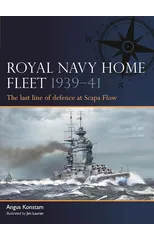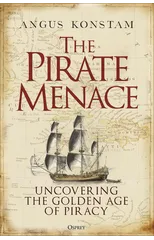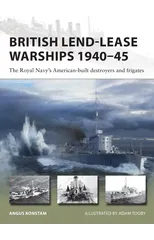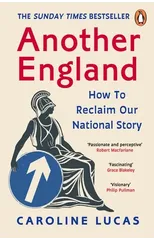Royal Navy Grand Fleet 1914–18
Britain’s last supreme naval fleet
(Autor) Angus KonstamWorld War I was Britain's last moment as the world's naval superpower, and its Grand Fleet was then the most powerful ever seen. Fully illustrated, this explores its fighting power. At the start of World War I, the Royal Navy's forces were amalgamated into a single entity, the Grand Fleet, and stationed in Scapa Flow, Orkney. The Grand Fleet was the largest amalgamation of modern naval power the world had seen, with over 30 dreadnought battleships or battlecruisers, and a plethora of cruisers and destroyers. In 1917 it was reinforced further by a powerful American squadron. In this book, based on extensive primary source research, naval expert Angus Konstam assesses the Grand Fleet's ships, technology, organization, command and intelligence, and how it fought. While ship-for-ship its German counterparts were better designed, as a combined fleet Admiral Jellicoe's armada was unstoppable. It took part in several clashes with its German foe during the war, but it was only at the Battle of Jutland, in 1916, that Jellicoe finally had the chance to destroy the enemy. Although the High Seas Fleet deftly avoided the trap laid for it, the Grand Fleet's economic blockade then really began to bite, which led to Germany's surrender in November 1918. Packed with battle diagrams, spectacular artwork, and archive photos, this book is an essential guide to the last time the Royal Navy would be indisputably the world's most powerful.
Angus Konstam
Angus Konstam is a prolific author known for his extensive body of work on naval history and maritime exploration. His most famous book, "Pirate: The Golden Age," is a definitive account of piracy during the 17th and 18th centuries. Konstam's engaging writing style brings history to life for readers worldwide.






